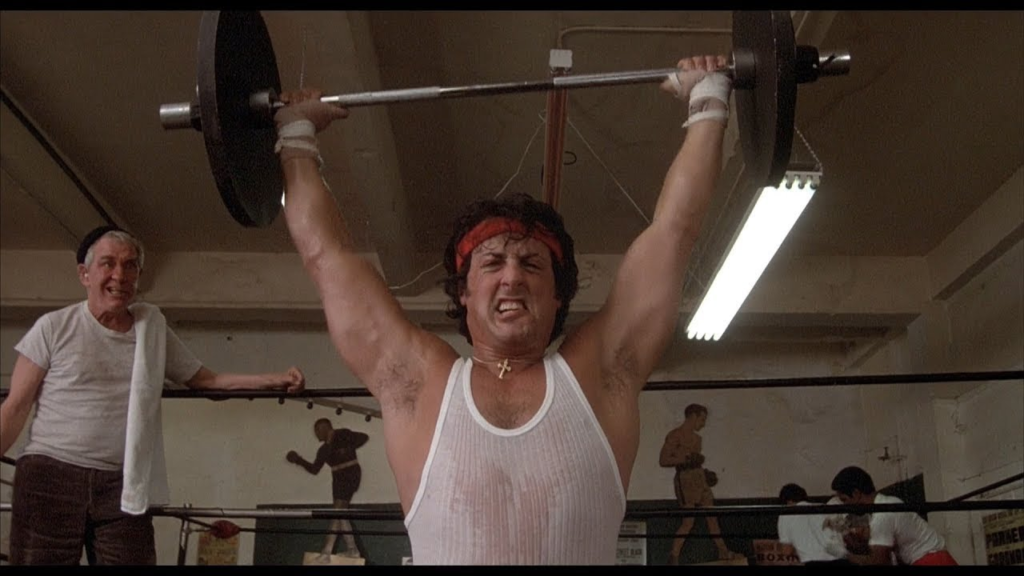Metric Montage
Requiem for a Dream (2000)

This montage within Requiem for a Dream uses metric montage to recreate the disorienting experience of taking drugs, using only nine frames for each shot, giving the scene an almost psychedelic factor to it.
It adds more weight to the tone of the scene, and gives an audience more insight into the character’s experience so they can further relate to their issues as the narrative progresses.
Rhythmic Montage

The iconic montage from Rocky II (1979) uses the technique of rhythmic montage to form links between the triumphant soundtrack and each shot. With a heavy use of match-on-action cuts, it connects the intense exercise with the intense emotions Rocky feels as he trains, which shows his progress to the audience as he grows in strength.
Tonal Montage

This scene from The Revenant (2015), uses tonal montage to connect ideas of one of the character’s vapour from his breath with a smoking pipe and a foggy sky. Tonal montage is often used to connect shots with emotions or aesthetics, much like the Kuleshov effect.
Over-Tonal Montage

Overtonal montage is used in the Disney Pixar film Up (2009), to stir poignant emotions in an audience early on into the film, to help them understand the reasoning for Carl Fredericksen’s cold demeanour. The use of repetition in this montage shows Carl and his wife, Ellie, happily together in their youth, and juxtaposes it with Ellie’s fall before she passes away.
Overtonal montage is often used to amplify the mood of a scene even further, by using colour and contrasting ideas to exhibit this.
Intellectual Montage

Intellectual montage is the act of placing two shots together in the hopes of connecting them with an intellectual concept, such as in Eisenstein’s 1925 film Strike, where he places shots of workers being killed next to shots of a bull being slaughtered in a montage format. This creates the ideology that the workers are being treated like animals – killed once their purpose has been served and cast to the side. This example was used in Strike as a propaganda piece, to rile up audiences and giving a means for action to be taken.